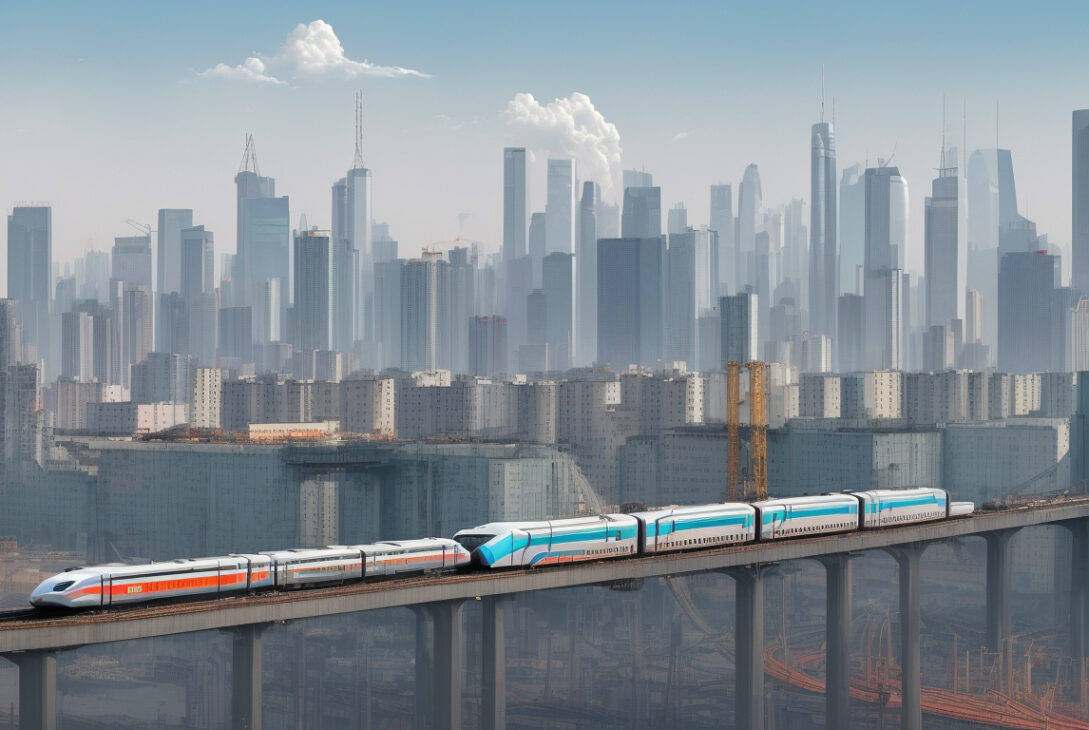US Abandons Maglev Train Plans as China Rapidly Advances Technology
August 3, 2025 — In a significant shift away from high-speed magnetic levitation (maglev) rail investment, the United States government has pulled funding from a proposed maglev rail line connecting Washington D.C. and Baltimore. This move comes amid China’s rapid development and deployment of maglev technology, underscoring a stark contrast in transportation innovation strategies between the two nations.
Funding for Maglev Project Cancelled
Transportation Secretary Sean Duffy announced the cancellation of over $26 million in federal funding for the 26.6-mile maglev line, citing fiscal responsibility and project viability concerns. Speaking to The Baltimore Sun, Duffy stated, “This project lacked everything needed to be a success from planning to execution. This project did not have the means to go the distance, and I can’t in good conscience keep taxpayers on the hook for it.”
The federal grants included support for both construction and an environmental study necessary for acquiring permits, all of which have now been rescinded. The decision caps nearly $27 million that had already been spent on the Maryland maglev project.
Context: US vs. China in High-Speed Rail
The United States currently has no operational high-speed rail lines as defined by the International Union of Railways (UIC). Although there are two high-speed rail lines under construction in California, and several other projects proposed nationwide, progress has been slow and marked by setbacks. Most recently, the Trump administration revoked $4 billion in federal funding for the California high-speed rail line connecting San Francisco and Los Angeles. Additionally, a $63.9 million grant for a Texas high-speed rail project was also withdrawn.
Meanwhile, China has aggressively expanded its maglev technology capabilities. Chinese maglev lines have achieved speeds exceeding 620 miles per hour—faster than many commercial aircraft—and have become a symbol of the country’s infrastructure ambitions. Japan has led maglev technology development since the early 2000s, but China’s rapid advances have outpaced many other nations, including the U.S.
The Washington D.C. to Baltimore Maglev Proposal
The canceled maglev project aimed to dramatically cut travel time between Washington D.C. and Baltimore to less than 15 minutes. Using electromagnetic levitation to eliminate wheel-track friction, maglev trains offer a smooth, rapid transit alternative. Maryland Governor Wes Moore was an enthusiastic supporter, visiting a Japanese maglev technology team earlier this year and expressing excitement about the possibility of trains traveling at 315 miles per hour in the corridor.
Despite this optimism, critics argue that the corridor is already well served by existing passenger rail systems such as Amtrak and MARC, as well as major highways. Concerns over cost overruns, local opposition, and questions about the project’s financial sustainability contributed to the funding withdrawal.
Expert Perspectives
Professor R. Richard Geddes, a transportation infrastructure specialist at Cornell University, praised the funding cancellation, highlighting the project’s challenges. “The extremely expensive maglev train project between Baltimore and Washington D.C. has faced significant delays, cost overruns, and local opposition,” he told Newsweek. Geddes also noted that even if the line were completed, ridership revenue might not cover operational or capital expenses. He suggested federal funds could be better allocated to improving existing rail infrastructure in the Northeast Corridor to increase track capacity and reduce congestion.
What Lies Ahead
While the U.S. government steps back from this maglev initiative, Japan and China are expected to continue advancing maglev technology. The possibility remains that future U.S. projects involving similar technology could be proposed, but for now, federal focus appears to be on other transportation priorities.
This latest development highlights ongoing debates about infrastructure investment, technological innovation, and the role of high-speed rail in America’s transportation future as China continues to surge ahead in maglev technology.
James Bickerton is a Newsweek U.S. news reporter based in London. He covers American politics and general news, with experience in various international media outlets.










